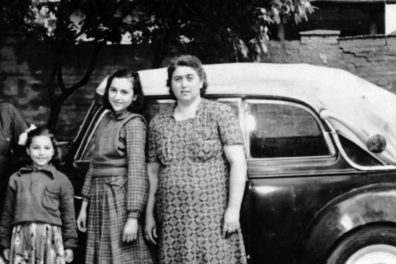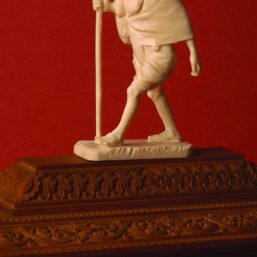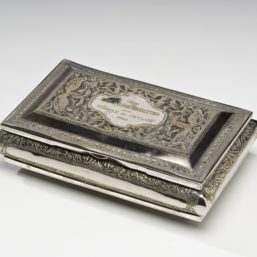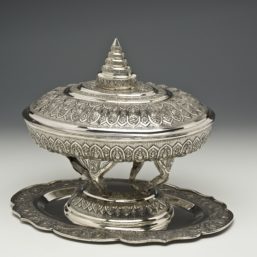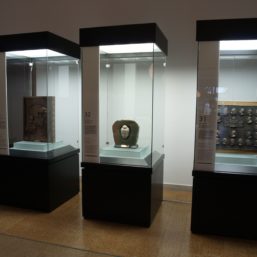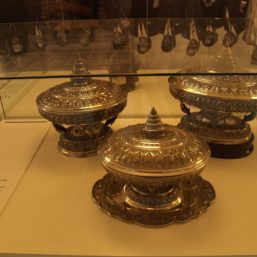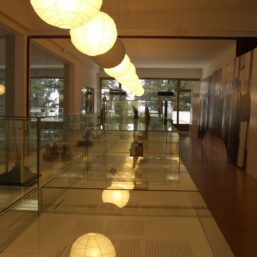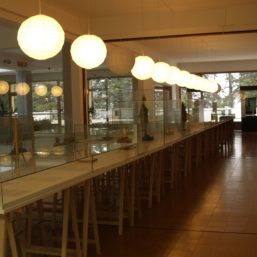Non-Aligned – from Belgrade to Belgrade
03.09-05.12.2011
The exhibition Non-Aligned – from Belgrade to Belgrade commemorates the fiftieth anniversary of the first Non-Aligned Summit in Belgrade. Together with items directly related to the Non-Aligned Movement (plaques from the First and Fifth Conferences and gold and silver coins minted for the Sixth Conference), the exhibition includes exhibits from the countries which took part in the First Conference and those which hosted subsequent conferences.
Throughout the many decades of its existence, the Non-Aligned Movement has been inextricably linked with the fate of Socialist Yugoslavia, one of the founders and the cohesive force of the population of a multinational state.
Josip “Tito” Broz was instrumental in creating the Movement and its internal dynamics. In an effort to strengthen the role of Yugoslavia as one of the founders of the movement, he spent an enormous part of his time establishing contact with statesmen from the member countries. The diplomatic exchange of gifts at the highest state level provided virtually all the exhibits on display here.
The gifts presented to Josip “Tito” Broz as president of the state tended to emphasise the precious materials used in making them, their material value and their origin, which explains the frequent occurrence of national symbols (such as coats of arms, flags and national colours). The items, which vary in purpose, time and place of origin, have rich layers of significance and may be regarded as a record of the time, place and society of which they had been part and in which they originated. As well as the (political) power relations which give them authenticity, the complexity of significance of the exhibits on display here contribute also to a possible aspect of the interpretation they have acquired in their new museum reality and to the relations established among themselves (and with this exhibition).
The value of some of these exhibits derives from them being part of the cultural heritage of their country of origin (the Figure of Osiris, the Buddha Head, the harp and the mosaic). Others are contemporary decorative items made using traditional techniques and inspired by history and tradition. Yet others are gifts produced by combining modern design with indigenous motifs or techniques. But the overriding goal in all of them is to emphasise the inscription, dedication or symbol of the presenter of the gift, even at the price of destroying the aesthetics of the piece.
Judgement on the artefacts displayed here can not be made solely on the basis of their formal properties and aesthetic qualities, because their stylishness or the refinement of their manufacture is not the only factor in their significance. Even those which may be formally classified as souvenirs are personalised and the status and position of the presenter gives them an additional layer of value. It was this which determined our choices for this exhibition in which we sought a contextual approach to the exhibits and engaged in a social and cultural analysis of the items through which we wanted to present the broader, social context of the idea of non-alignment, multiculturalism, various intertwined influences and the meeting of worlds.
Ana Panić
exhibition curator
This exhibition has been produced with the support of the Ministry of Culture, Media and the Information society of the Republic of Serbia and the Ministry of Foreign Affairs of the Republic of Serbia.
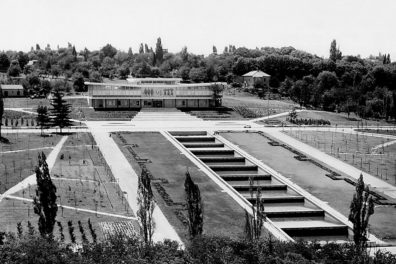
The Origins: The Background for Understanding the Museum of Yugoslavia
Creation of a European type of museum was affected by a number of practices and concepts of collecting, storing and usage of items.
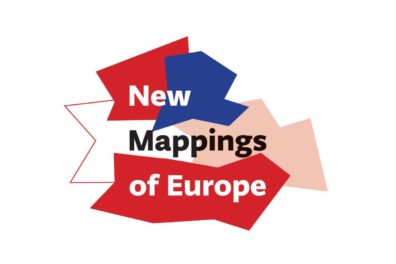
New Mappings of Europe
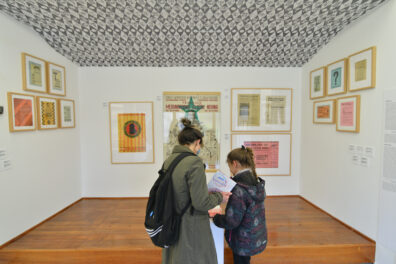
Museum Laboratory
Starting from the Museum collection as the main source for researching social phenomena and historical moments important for understanding the experience of life in Yugoslavia, the exhibition examines the Yugoslav heritage and the institution of the Museum
